Self-grooming is a major characteristic of cats and a big factor in many people’s decision process when choosing between buying a cat or a dog for their home. Due to this, some cat owners don’t think it is necessary to groom their cats.
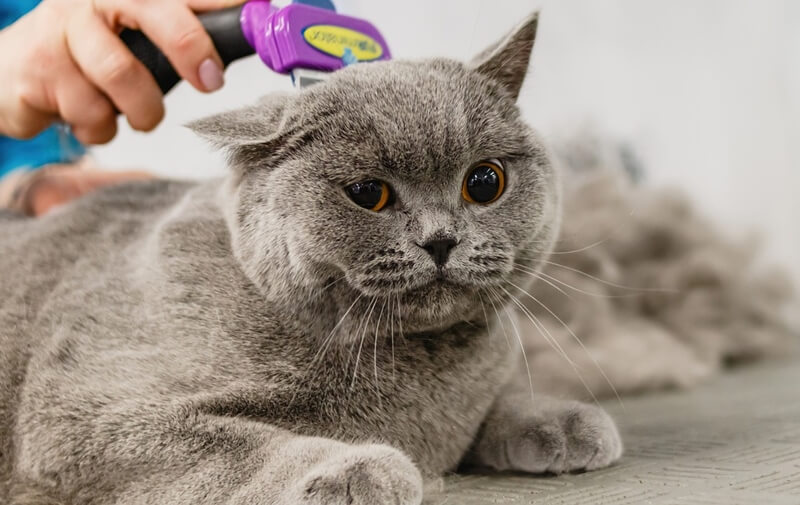
While it’s true your cat will take care of the majority of the task themselves, it’s recommended that we groom our furry friends regardless. If you’re unsure of how to go about this, this article is for you. We’re going to share with you loads of different tips and techniques in order for you to take on this duty with confidence.
Why Should I Groom My Cat?
There are a huge variety of benefits to grooming your furry friend and once you make it a part of your routine, it’ll be more simple than ever.
Prevents Hairballs
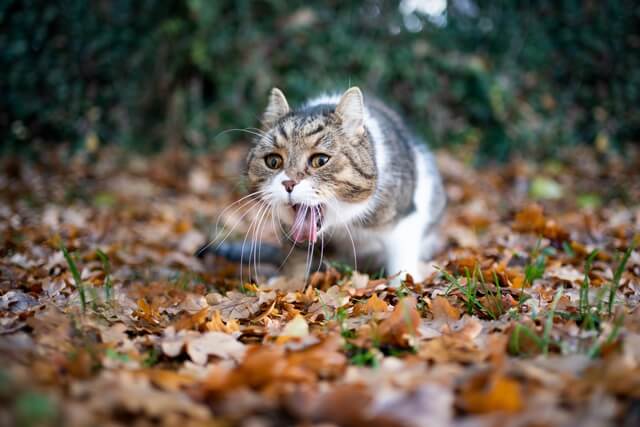
While we love our cats, no one loves picking up their hairballs. Not only are they undesirable for you, hairballs can also cause intestinal blockages in your cat. The more hair you get off your cat yourself, the less they will swallow while grooming themselves.
Strengthens Your Bond
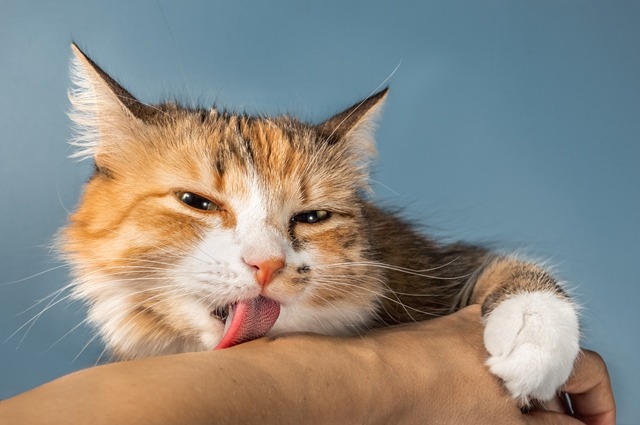
Setting aside time for grooming will enable you to have even more quality time between you and your pet. When making the grooming process enjoyable for your cat, it will reinforce your positive relationship with them even more.
Keeps You on the Lookout
Keeping your cat healthy is paramount. Grooming your cat provides a liberal opportunity for you to investigate for fleas or certain skin issues that may go unnoticed otherwise.
Removes Outdoor Debris

If your cat enjoys exploring the great outdoors, they may inadvertently carry along some of that inside your home. Grooming your cat regularly allows you to remove the dirt, leaves, or other substances that found their way into your furry feline’s fur.
How Often Should I Groom my Cat?
A large part of a cat’s day is spent grooming themselves. Cats will typically spend about 30 to 50 percent of their days grooming themselves, according to Pamela Perry, a Doctor of Veterinary Medicine at Cornell University.
Luckily for us, this huge amount of time consumption is not required. The length of your cat’s hair will determine how often it is necessary to groom them. For cats with long or medium length hair daily grooms are recommended, while cats with short hair need only to be groomed once a week.
However, it is a case by case basis and there are other factors besides hair length that dictate how often you should be grooming your furry friend.
Age
Senior cats sometimes have developed physical limitations that make it hard to groom themselves as often as they need.
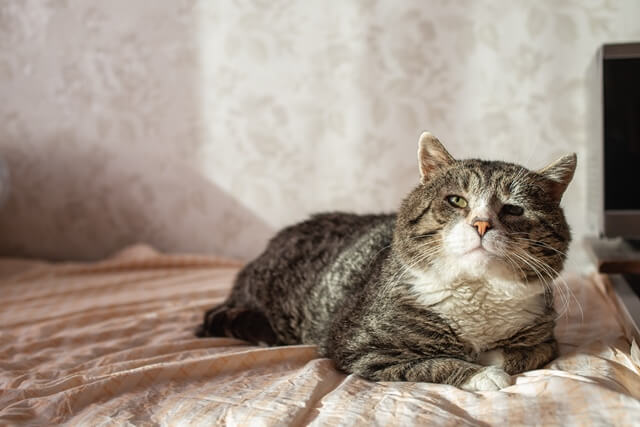
Arthritis, mobility issues, and even cognitive issues may require you to step in. Kittens also may need help if they never learned how to groom themselves.
Weight
Cats that are overweight may find it difficult to groom themselves as they can’t bend and move in the ways they need.
Illness
If your cat is ill or recovering from illness, you may need to help them groom themselves as they may not feel well enough or be lethargic.
Grooming Tips and Techniques
1. The Earlier the Better
Cats are very routine driven animals and the earlier in their lives you add grooming, the more comfortable they’ll be with the process. Be gentle with your kitten throughout the process and take breaks.
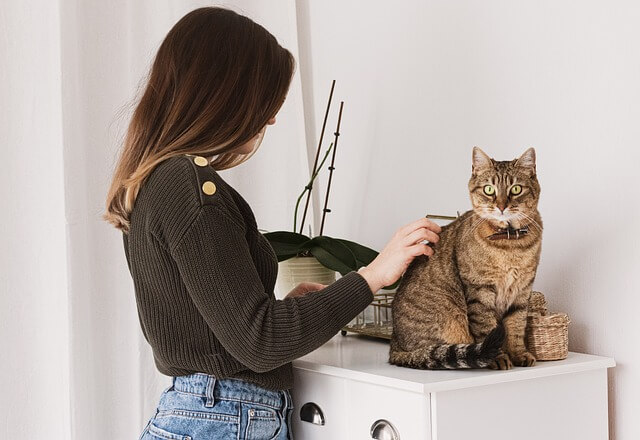
Additionally, by following the steps in tip #2 below, you can ensure that this process is enjoyable for both your cat and yourself.
2. Make the Experience Enjoyable
Providing your cat with positive associations to go along with grooming may make the process go by more smoothly for both you and your cat. Try rewarding your cat throughout the grooming process and even before you attempt to start.
Catnip, treats, and your cat’s favorite toy are all great inclusions that will help ease discomfort for your cat. Rewarding their good behavior and distracting them with toys will ensure that even if your cat doesn’t necessarily love the grooming session, they will tolerate it at the very least.
3. Invest in the Right Tools
Investing in the right tools for grooming your cat is a necessity. Not all brushes are the same and the hair length of your cat will determine which one they need. For long and medium haired cats, wide-tooth metal combs work the best, as they help get into the deep layers of your cat’s fur to remove loose hair and tangles.
For cats with short hair, stiff bristle brushes work best and remove loose hair easily. Using the wrong brush for your cat may make your grooming efforts go to waste. Using a long metal comb on your shorthaired cat may hurt them, and using a bristle brush on your longhaired cat will only allow you to groom the top layer of their fur.
4. Avoid Forced Grooming
Attempting to force someone into doing something will only make them want to do it less and this same logic applies to our cats. This is especially important as cats are extremely independent. Forcing your cat to do something will not only stress them out and agitate them, but it may also hurt your bond with your cat.
With an established sense of trust with your cat, you will be able to help them more as needed. Gradually building trust with your cat during grooming will help build positive associations with the task and allow it to be an easier process.
You should always be sure to monitor the signs of your cat indicating they are having a negative experience. Some signs of discomfort in cats are: moving their tail back and forth, hissing, flattening their ears, and tensing up their body.
5. Don’t Forget the Ears
Ears are often forgotten when it comes to our cat’s grooming routine. While cats clean the outsides of their ears often, cleaning the inside of the ears is quite difficult for them and can’t be done as efficiently.
Ask your vet for recommendations for cat ear cleaners as your cat may need a specific one. Place the liquid ear cleaner on a cotton ball and rub your cat’s ears very gently. Cats’ sense of hearing is very strong and can be sensitive to loud noises. Because of this, it’s important to not attempt to push the cotton ball inside of the ear as this could harm both your cats hearing and their physical ear.
6. Desensitize Your Cat to Nail Clippers
While you may have a scratching post, be sure to monitor the length of your cat’s nails. If they are too long, you may need to cut them. Many cats hate this process, however, it is necessary at times. Desensitizing your cat to the sound of nail clippers beforehand can help ease their anxiety about the process.
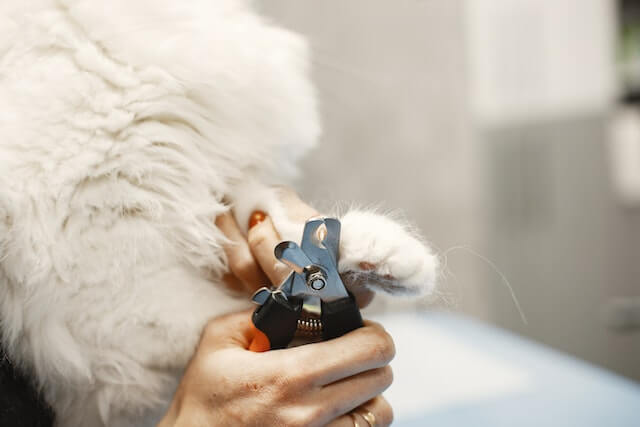
In order to do this gently press on their paw pad with your hand and snip something with the clippers; for example, a dry noodle or a piece of cardboard.. This will help your cat associate the sound with a slight pressure on their paw pad. As usual, always reward your cat afterward, so they can begin to associate getting their nails cut with getting a treat.
7. Cutting Your Cat’s Nails
If you notice your cat is in a relaxed mood, it may be a good time to cut their nails. Ensure you’re in a quiet space and take one of your cat’s paws and press and massage gently, this will extend your cat’s nails out. If your cat pulls away, don’t force it and pull back, just keep the gentle pressure on their paw until they allow you to hold their leg out.
Next, find where the quick is on your cat’s nail. The quick is the pink part of a cat’s nail which is where their nerves and blood vessels are so ensure to only cut the white part of their nails to avoid injury. Additionally, don’t attempt to trim all of your cat’s claws at one time unless your cat is comfortable.
Simply cutting a few nails a day will lessen the stress on both your cat and yourself. It is recommended to trim your cat’s nails about once every two weeks.
8. Avoid Unnecessary Baths
More often than not, your cat does not need a bath. Unless your cat has gotten into something harmful or extremely messy it is not needed. As a general rule, if your cat got into something that can’t be removed with brushing and is sticky and coated onto their fur, a bath may be required.
9. Bathing your Cat
After determining it necessary to bathe your cat you may want to get started right away. However, if able, try waiting until your cat is relaxed or tired. Having a long play session with your cat beforehand may help them tolerate the bath more, as they won’t care enough to fight it.
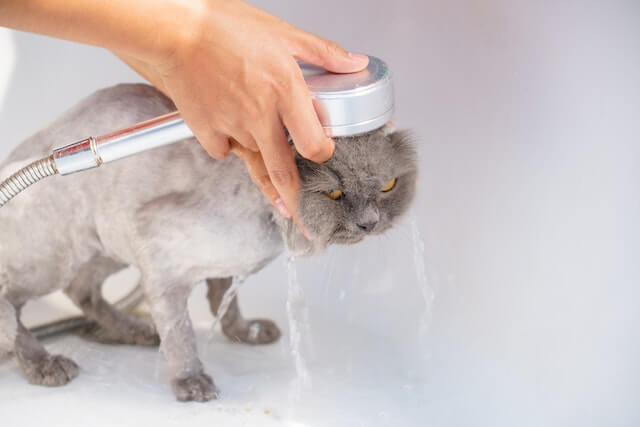
Once mellowed out, you can begin the process by starting to brush your cat to remove loose hair and matted up pieces of fur. When adding water into the mix, do not spray directly onto your cat, rather, pour water over them using a pitcher or something similar.
Be gentle and massage the cat shampoo in the direction of hair growth and afterward be sure to rinse thoroughly. Throughout the entire bathing process, be careful to avoid getting water in their ears, eyes, and nose.
10. Brushing Your Cats Teeth
Dental issues in your cat not only cause severe pain to your furry friend but can even lead to tooth loss and infection. Ideally, you should brush your cat’s teeth every day for at least 30 seconds. Nevertheless, if that’s not possible for one reason or another, brushing your cat’s teeth 3 times a week is sufficient.
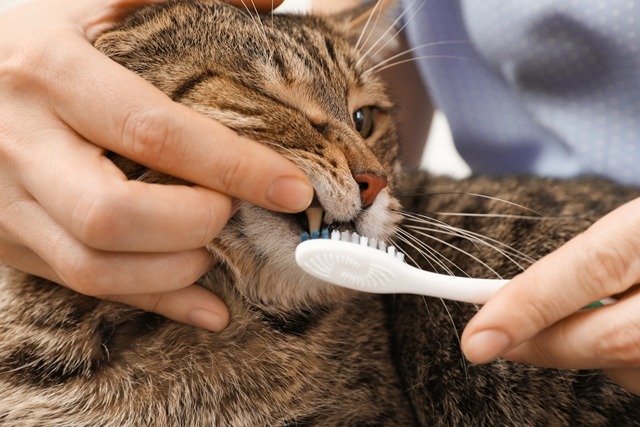
There are cat toothbrushes available to purchase, however, cotton swabs work as well. Make certain you are using special cat toothpaste, not human toothpaste, as it can upset your cat’s stomach. Special cat toothpaste typically comes in flavors your cat might enjoy, such as chicken. Get them prepared for the brushing by allowing them to lick the toothbrush at first, and then brush gently.
Adopting these grooming practices in your cat’s routine can help them live a more happy and healthy life. All things considered, these tasks don’t take an unreasonably long amount of time and the more you do them, the faster it will be. It’s important to note that some cats simply do not tolerate a human grooming them.
If you’re afraid your cat may cause injury to you or themselves when attempting to groom them, instead, contact a professional groomer or your veterinarian to help complete this task for you.



